Are you contemplating the purchase of a home espresso machine or have you already procured one but are struggling to attain a barista-quality espresso from the comfort of your abode?
The taste of espresso, with its well-balanced and nutty coffee flavor, coupled with a velvety finish, is undeniably scrumptious. Alas, achieving the perfect cup can be rather tricky, and nothing is more exasperating for a coffee aficionado than purchasing top-notch coffee beans and brewing an inferior espresso shot.
In such a scenario, it may be due to one of the five mistakes enumerated below, leading to substandard shots. As a result, let us explore these mistakes collectively to enable you to rectify them and savor the delightful espresso cup you yearn for.
Using The Wrong Grinding Practices
Grinding coffee sounds pretty straightforward, right?
Take a few coffee beans, throw them in your grinder hopper, press the magical button, and tada; you’re left with incredible coffee aromas filling the air and a deliciously brewed cup of coffee.
If only it was that simple!
One of the most common mistakes in coffee brewing is to begin grinding with the beans already inside the burr. This mistake has a significant impact on the particle size distribution, which directly affects the extraction process and can alter the taste and quality of the coffee.
Your goal when brewing coffee should be to achieve even extraction, meaning the coffee particles should all be the same size or as close as possible. Now, I could spend hours explaining how this process works, but to make things simple, when coffee particle sizes aren’t as close as possible to even, your coffee will have an unbalanced taste. The coarser coffee particles won’t have a chance to be extracted properly, leading to sour flavors, while the finer coffee particles will have experienced over-extraction leading to bitter flavors. And when these two are mixed in a cup of Joe, the taste isn’t great!
To achieve even extraction, you need to ensure consistency in the revolution per minute your grinder operates. Any inconsistency in the rpm (revolution per minute) during grinding will result in less uniformity of the particle size distribution and negatively affect the taste of your coffee.
Starting the grinder with beans already in the burr will result in a wider particle size distribution because the beans will be ground at a slow rpm until it reaches the faster final rotation rate.
To avoid coffee grinding mistakes, try single-dosing your coffee and turning on the grinder before grinding your beans. This ensures consistent coffee measurements and a uniform grind.
Problem solved.
Using Water With The Wrong Mineral Balance
It's worth noting that flavored water should be avoided when brewing coffee, particularly espresso, as it can drastically impact the taste profile and the desired mineral balance required for optimal extraction.
When it comes to crafting a delectable espresso, water plays an indispensable role since it comprises one of the only two elements in the beverage. This is precisely why the use of high-quality water is paramount in ensuring that you can relish a perfectly brewed cup each morning. Unfortunately, the utilization of water with an unsuitable mineral balance can mar the flavor of your espresso, rendering it an unpalatable experience.
You need well-balanced water. Why is that?
The right mineral balance in water is essential for optimal coffee flavor and machine maintenance. Water low in minerals can hinder extraction, while high mineral levels can damage machines and give your coffee a bad aftertaste.
Without getting too much into details into water composition, the bottom line is that water alkalinity and water hardness can both impact the taste of an espresso so you need to ensure the water you use is well balanced for a sweet and round acidity.
And for the best results, I’d recommend making your own coffee brewing water following this recipe.
Using Coffee That’s Too Fresh Or Too Old
Freshly roasted beans 5-6 days prior are ideal for making espresso, and proper storage can keep them fresh for up to 5 weeks. If you're looking for premium roasted coffee from some of the best roasters in the nation, then look no further!
Improper Burr Alignment
Sweet, you just bought a new grinder! But guess what? Chances are your brand-new grinder is imbalanced, as new grinders are not always perfectly calibrated from the factory.
The thing is, if your burrs are misaligned, you will end up with an uneven grind, which, as you know by now, will affect the flavors of your espresso. That’s because you will widen the particle size distribution. A simple realignment will make a difference.

Wrong Brew Ratio
Ever purchased fantastic coffee beans and threw them in the grinder, ready to enjoy a delicious espresso, only to end up with a coffee that tastes sourer than lemon after a tequila shot?
Rather disappointing when you’re expecting dark chocolate and caramel flavors!
We’ve all been there.
This most likely means that your brew ratio is off. When that happens, your espresso will either be too weak or too strong. The traditional espresso should have a 1:2 ratio of coffee to water. And as a rule of thumb, it should come out in 25-30 seconds.
Looking for an inexpensive and reliable coffee scale? Your in luck we have one here!
And that’s a wrap!
We hope this article will help you step up your espresso game and prevent bad coffee days moving forward. If you want to know more about perfecting your coffee-making skills, check out our guide to making espresso!
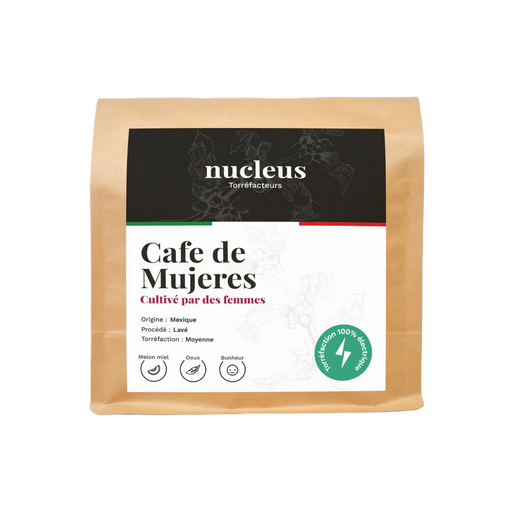

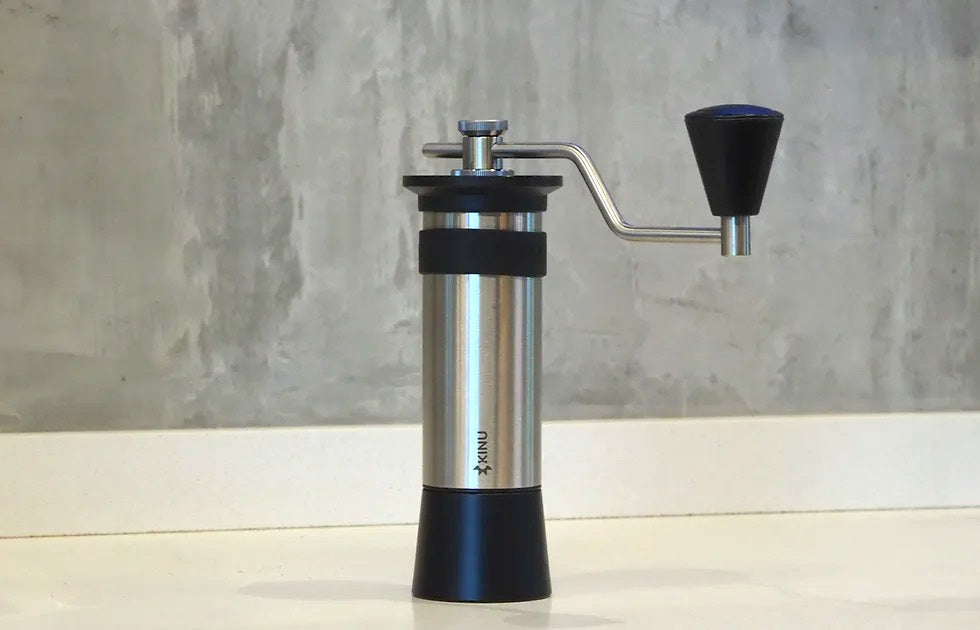



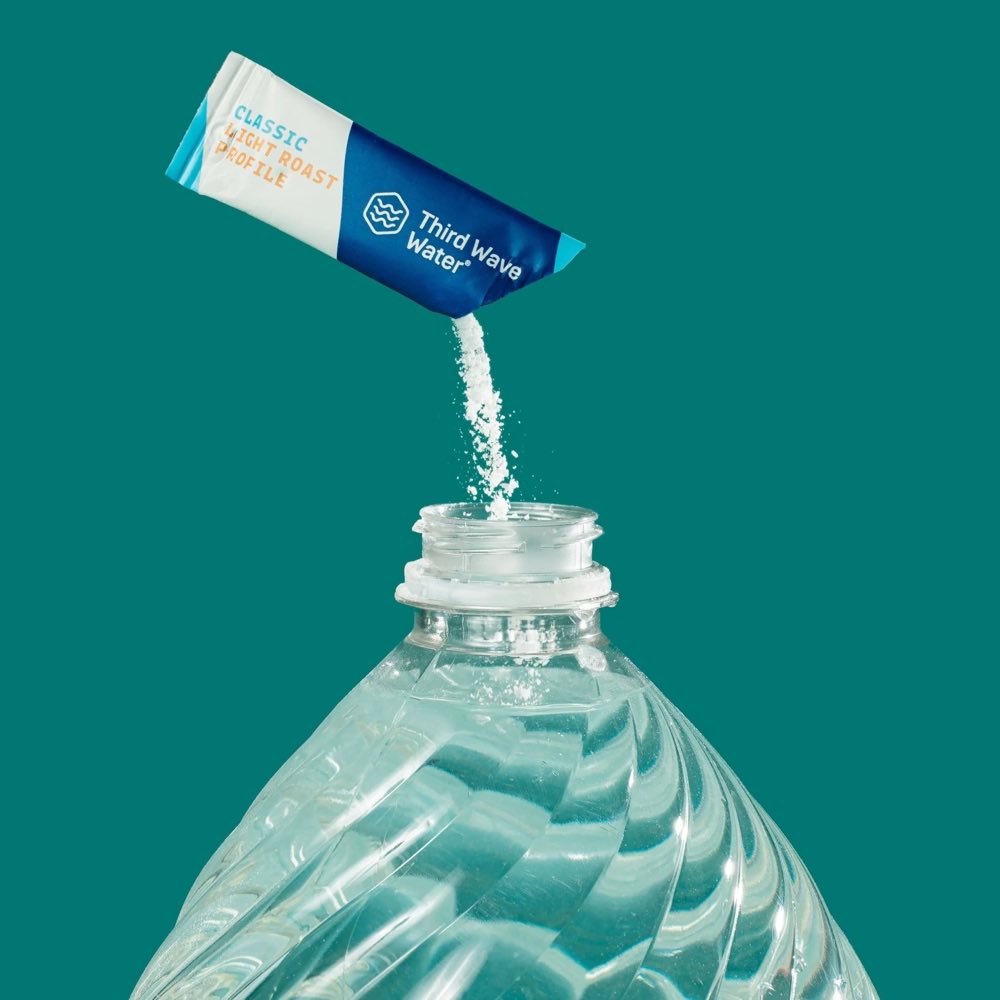



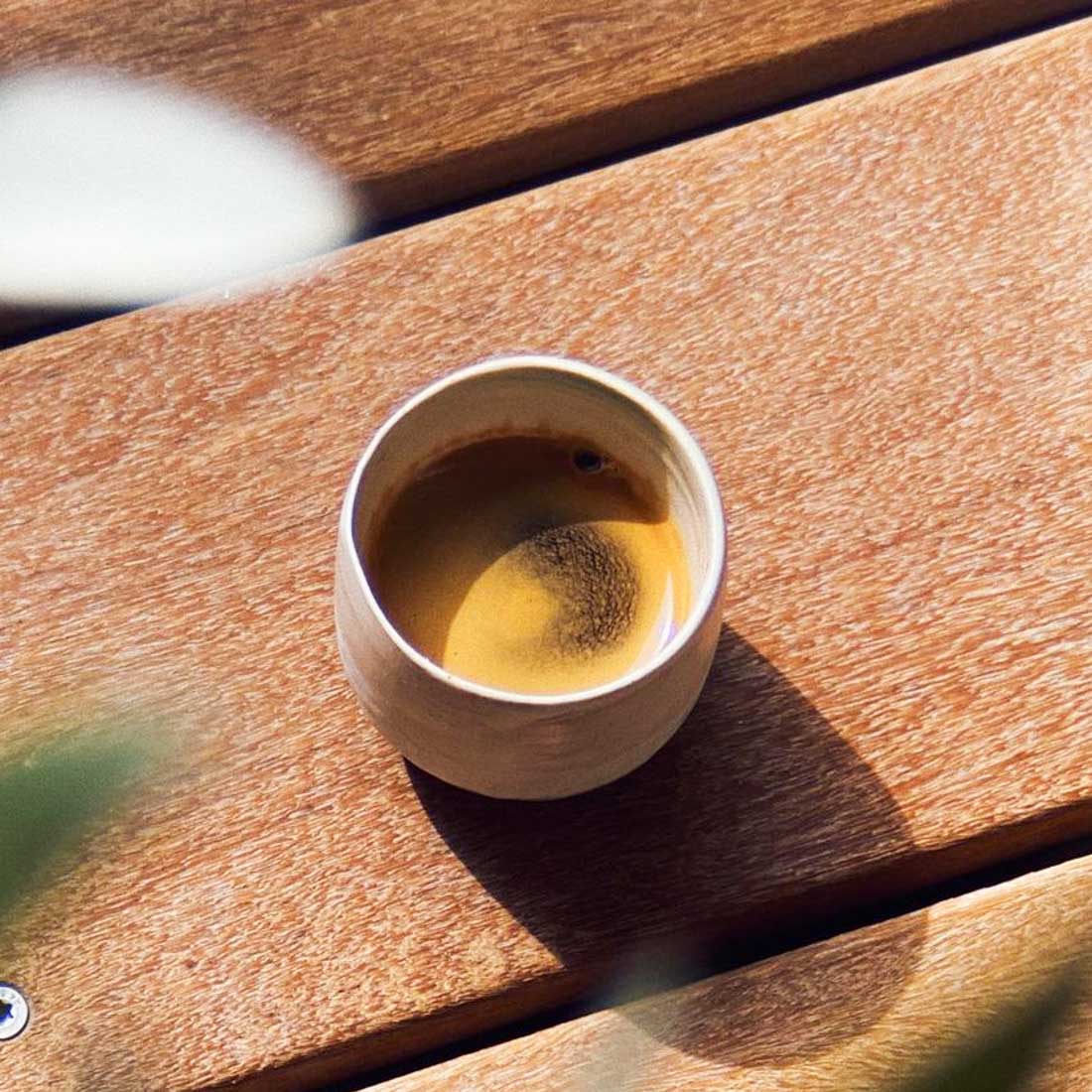
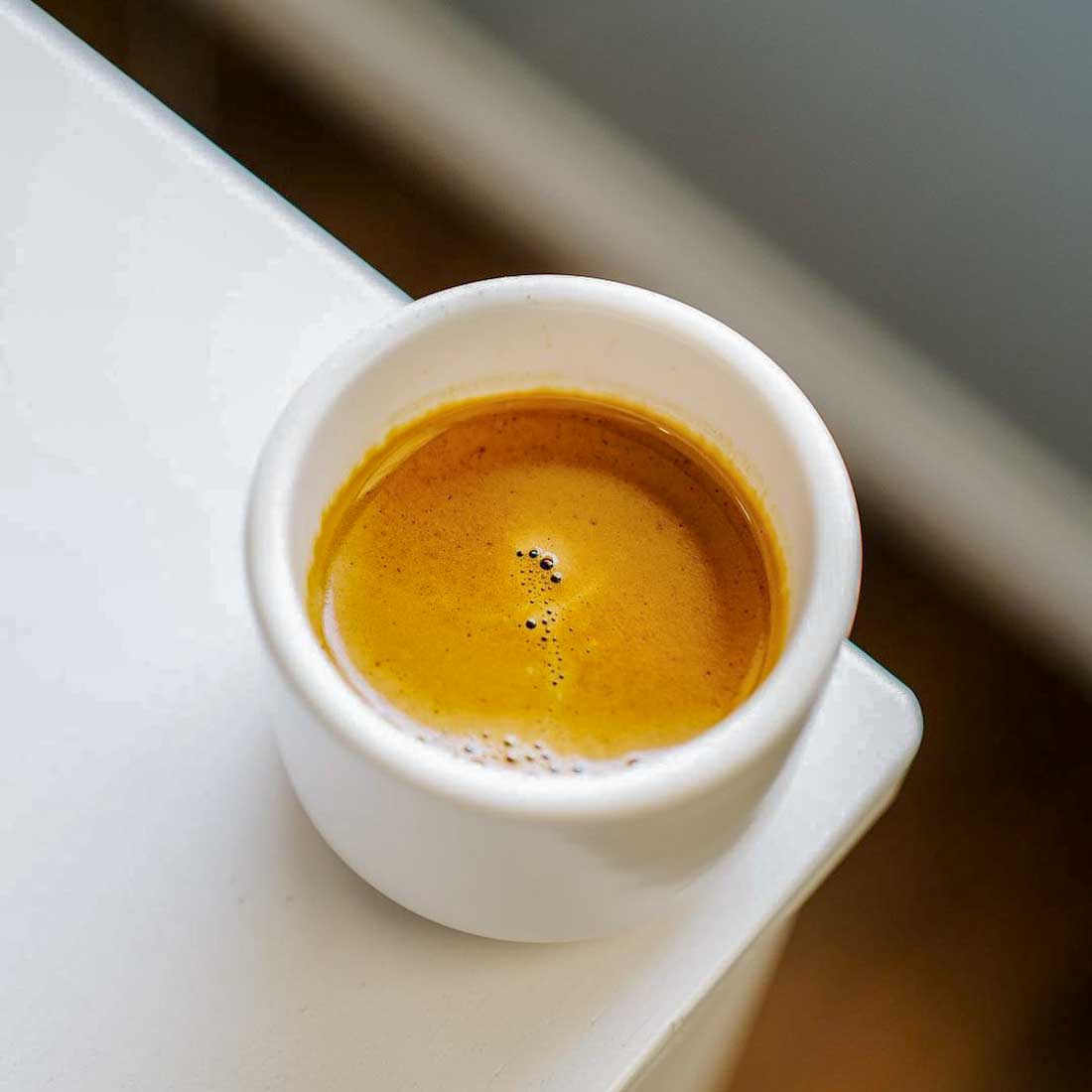
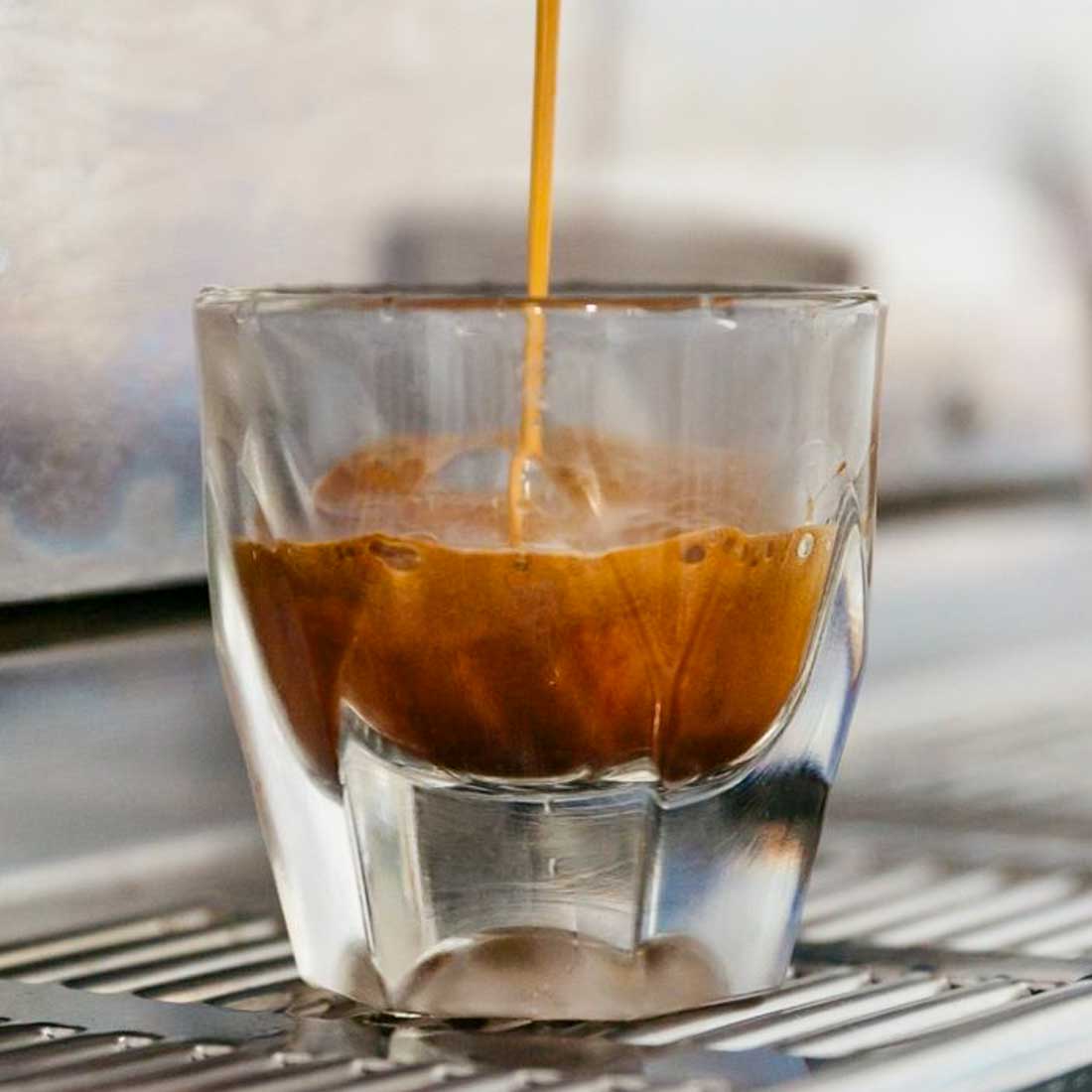
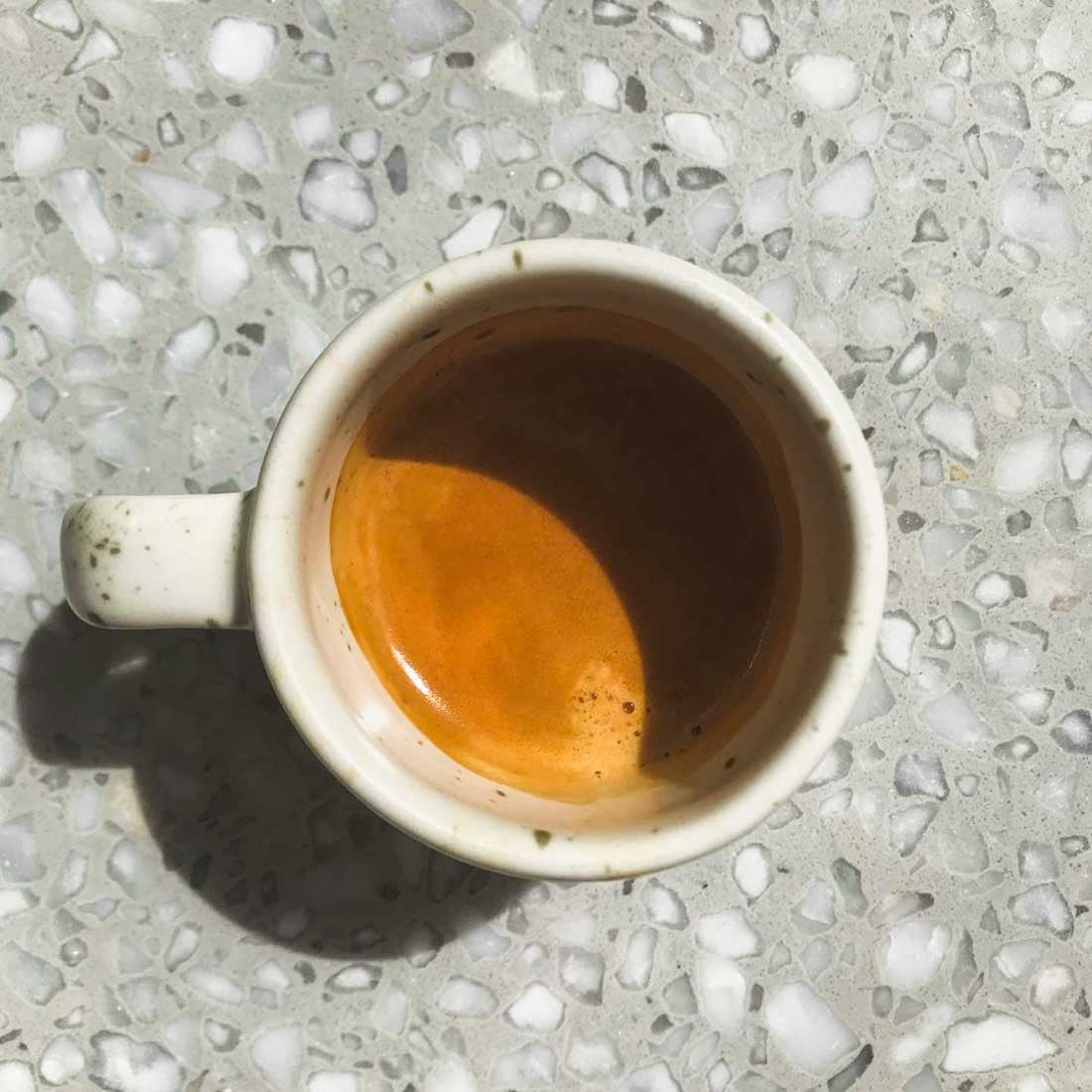
Comments
There are no comments.
Your comment